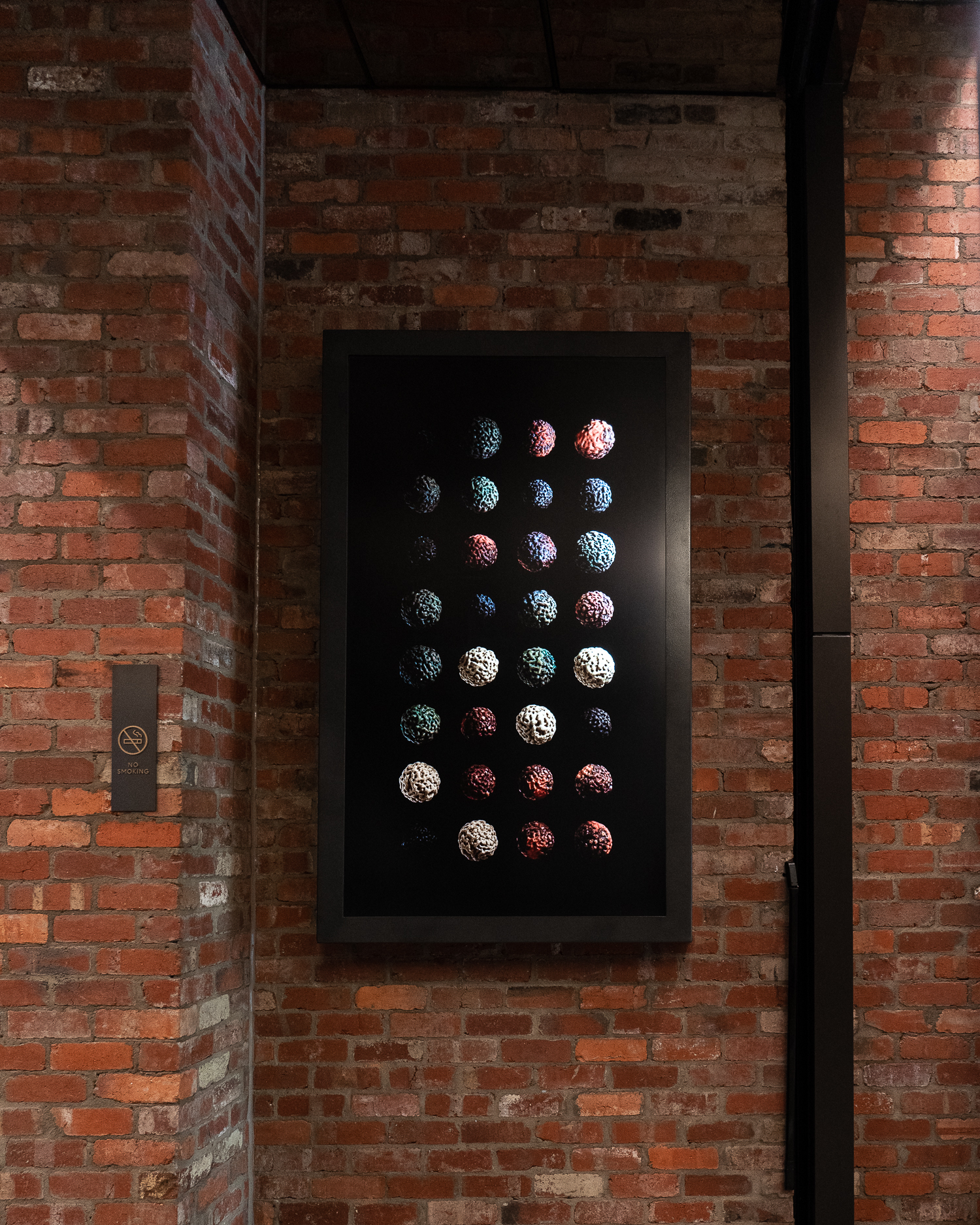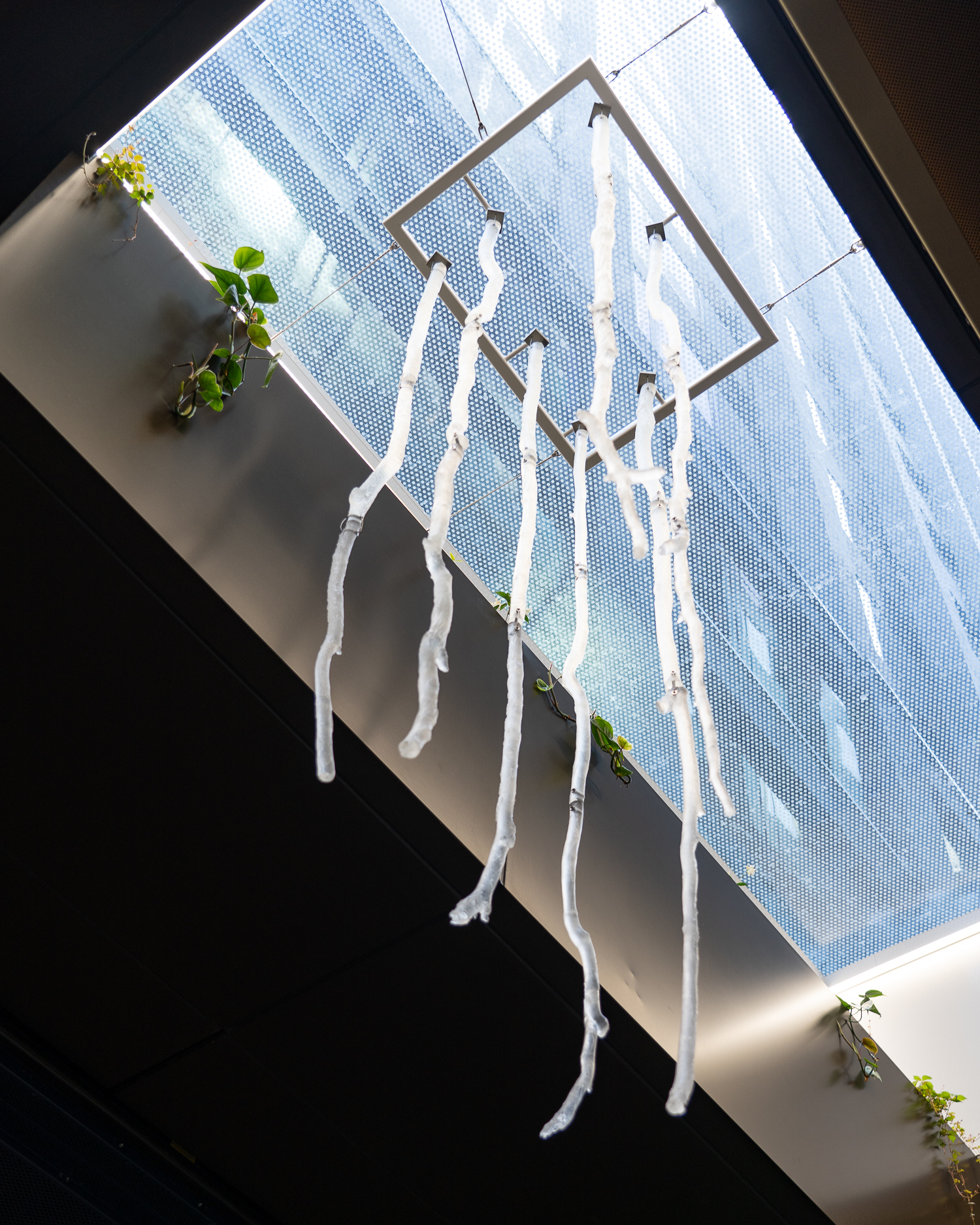Gulinj-al Ngulu Kerr-up-non Biik-u
Gulinj-al Ngulu Kerr-up-non Biik-u (The Voice of Kulin Country) comprises of two new works by Maree Clarke which collectively pay tribute to the Kulin Nation languages that flourished across Australia’s South-East coast for thousands of years prior to British settlement.
Gulinj-al Ngulu Kerr-up-non Biik-u (The Voice of Kulin Country) (video still)
by Maree Clarke, b. 1961
Image courtesy and copyright of Maree Clarke, Vivien Anderson Gallery and Broached Commissions.
Maree Clarke is a mixed media artist and leader in the reclamation of Kulin Nations Australian Aboriginal art and cultural practices. Her practice spans jewellery to video art. Collaborating with her family and greater community, Maree ensures all her art is embedded with cultural heritage and knowledge and expands contemporary awareness of Kulin Nations cultural practices that date back millennia.
Gulinj-al Ngulu Kerr-up-non Biik-u (The Voice of Kulin Country) comprises of two new works by Maree Clarke which collectively pay tribute to the Kulin Nation languages that flourished across Australia’s South-East coast for thousands of years prior to British settlement.
The destruction of every part of Indigenous Australian civilisation was the open plan of the British colonial occupation of Australia. Policies aimed in this direction continued until the late 20th C, with what is generally termed ‘The Stolen Generation.’ Of the 250 Indigenous languages which were once spoken across Australia, only a handful remain today.
In the film shown in Wesley Place’s colonnade, 38 branches pay tribute to the Indigenous languages spoken by Australia's First Nations for tens of thousands of years, in the area now known as Victoria. Other natural objects including gumnuts, carob and quandong seeds, echidna quills, kangaroo teeth, feathers and ochre, collectively symbolize the broad ecosystem of the various parts of the Kulin Nation they inhabited and sculpted.
For the Kirrup Colonnade skylight, seven of these branches have been translated into a suspended installation by the artist in collaboration with leading Australian glass artisans, Canberra Glassworks.


By re-imaging these branches in two very different media, Maree removes the traditional objects from their natural setting, or sentiment of an anthropological approach, and connects Country and Kulin Nation culture to mixed media art. Immersive and hypnotic, these works convey how equilibrium with the environment sat at the heart of Kulin Nation land use.